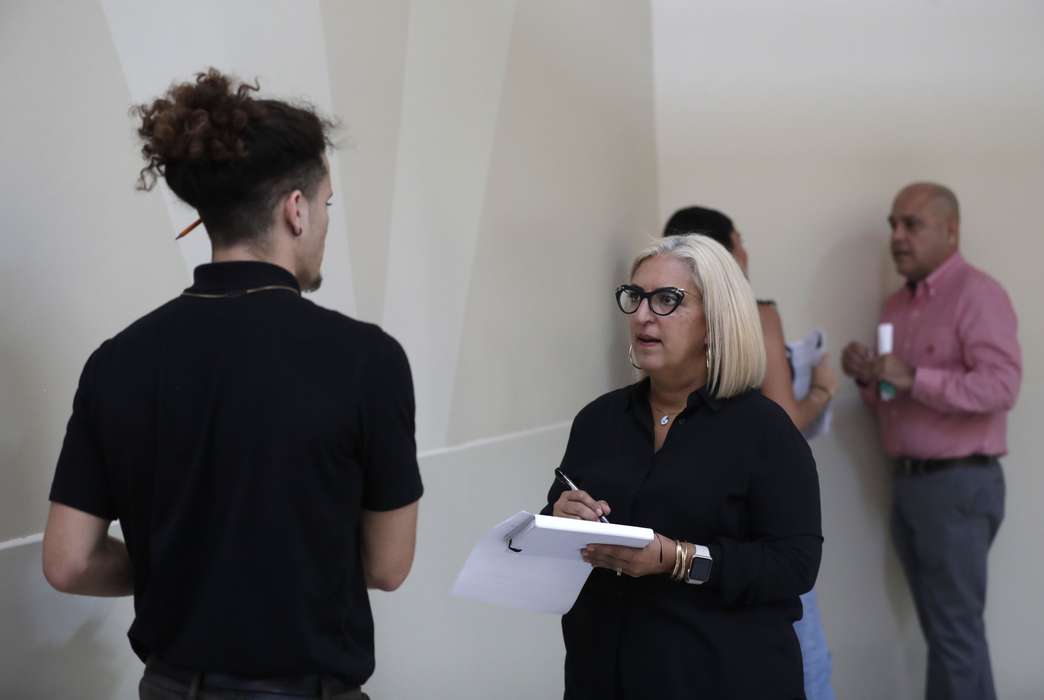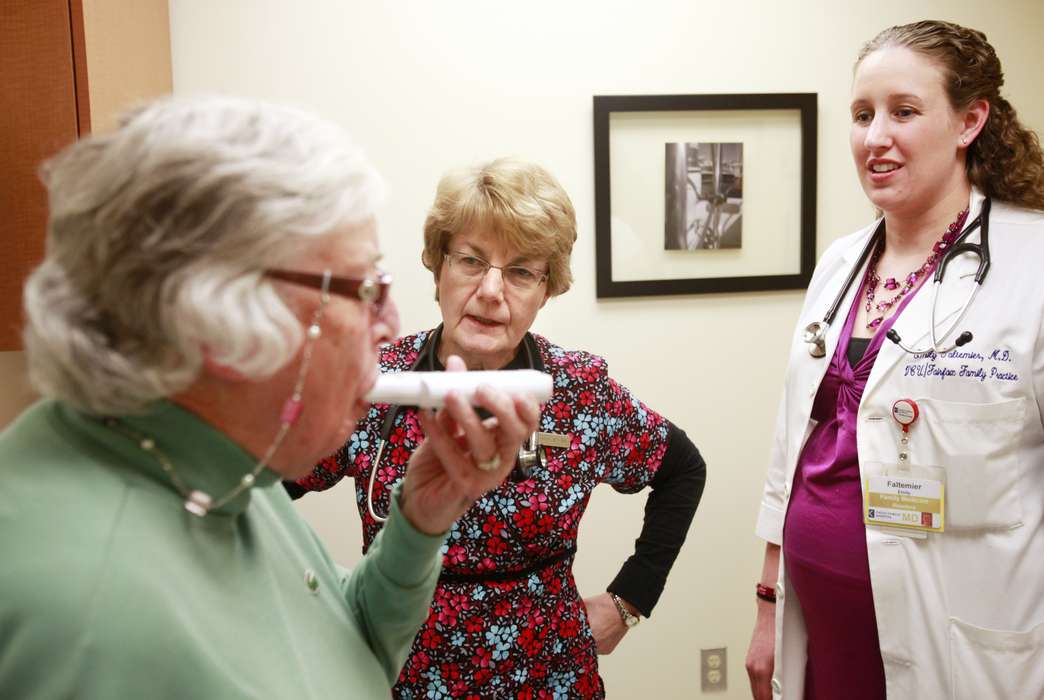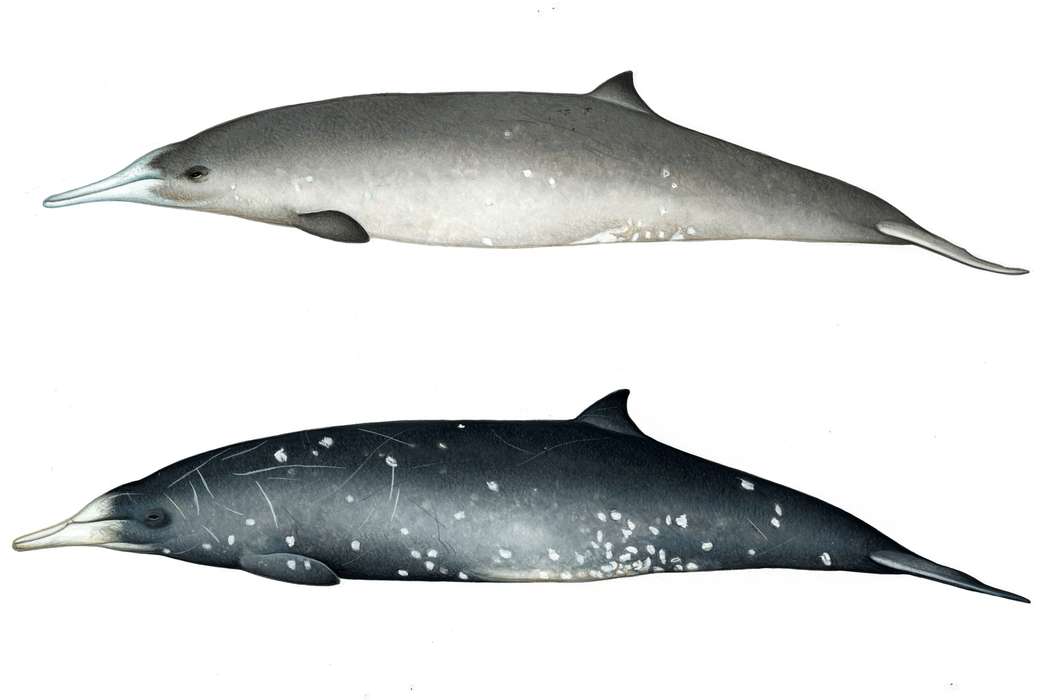Mixed-gender research teams lead to more citations
Papers with diverse authors get cited more. (AP Photo/Steven Senne)
Two male researchers have found that mixed-gender research teams in economics and management received more citations for their articles than single-gender teams and solo authors, suggesting a link between gender diversity and stronger research.
The normalized citation score for mixed-gender teams was 10% to 20% higher than the world average, and articles by women working alone were more cited than those by one man.
"The worst for citations is to be a single man," said Yves Gingras, a co-author of the study who has been the solo author on several papers. "Which is a bit surprising."
Abdelghani Maddi, a data scientist at the High Council for the Evaluation of Research and Higher Education in Paris and the lead author of the study, told The Academic Times that the takeaway was simple: "Gender diversity tends to improve the quality of publications."
In the study, published Feb. 28 in the Journal of Economic Surveys, Maddi and Gingras also found that economics had substantially less mixed-gender collaboration than management. In economics, 40% of papers were by a mixed-gender team by 2018; in management, it was 55%. And while 40% of management papers were by men only, 52% of economics papers were by men only.
In contrast, about 15% of papers in each discipline were by women only.
Notably, all-male teams were cited more often than all-female teams. When the corresponding author of an economics paper was a woman, there was a slightly negative effect on citations; the gender of the corresponding author had no effect on management citations.
Management also had more collaboration in general: 13% of management papers had only one author, while 23% of economics papers had one author.
The study analyzed 153,667 economics articles and 163,567 management articles between the years 2008 and 2018. A program matched authors' first names with country-specific lists of names and typical corresponding genders. This process disregarded 17% of the names as unidentifiable.
Gingras, a professor of the history of science at the University of Quebec in Montreal, said he has tested the names thrown out by the program before and they do not have a significant impact on the overall gender proportions.
In their analysis, the researchers also controlled for journal impact factor and discipline.
"It's fundamental, because 'economics' or 'physics' does not exist," Gingras said, noting that the "hierarchy of legitimate fields" leads certain subfields to be cited more simply because of what men in previous decades assigned importance to.
Gingras gave the example of the perceived pecking order in physics: "Men decided over the last century that astrophysics is the top. Nuclear physics, not too bad; solid state physics, it's dirty physics. Have you ever seen a paper on solid state physics in newspaper? Of course not. Solid state physics is," he said, cutting himself off with a grimace. "So you have to be, 'Oh, I'm an astrophysicist looking at the origin of the universe.'"
Maddi said that by accounting for subspecialties, their study rectified a problem with some previous research into gender's impact on citations.
"Once the difficulties faced by women — as well as the disciplinary orientations — are taken into account, [women] are as productive as men and produce research of equivalent quality," Maddi said.
This particular two-man team was the result of gender disparity in the field, according to Maddi: "Scientometrics remains a fairly masculine discipline, but we notice that this is becoming less and less the case."
And though the duo put themselves at risk for fewer citations according to their own research, Gingras said he's not concerned.
"I'm a full professor," he said. "So citation impact can only be of interest for young, non-tenure-track who want to get a job. I don't care about this."
The study, "Gender diversity in research teams and citation impact in economics and management," published Feb. 28 in the Journal of Economic Surveys, was authored by Abdelghani Maddi, Haut Conseil de l'Évaluation de la Recherche et de l'Enseignement Supérieur; and Yves Gingras, University of Quebec in Montreal.








